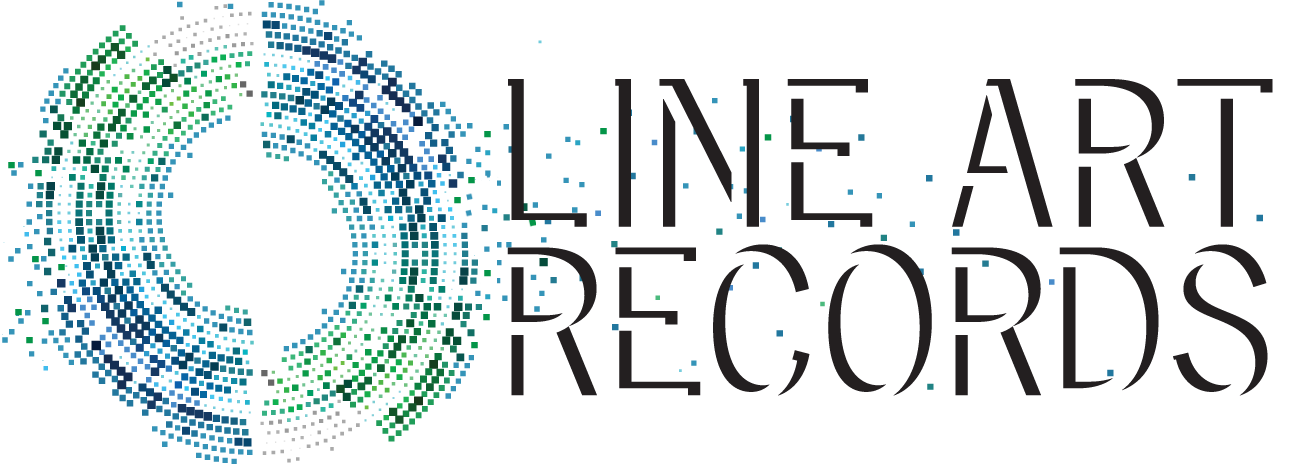Bill Payne, clarinet
Eva Lindal, violin
Carol Liebowitz, piano
REVIEW OF PAYNE LINDAL LIEBOWITZ
When Bill Payne and Connie Crothers released Conversations in 2008, it was clear that a clarinet player of immense talent and clear distinction was on the scene. While he has been active for many years in various contexts, he has also been woefully underdocumented. The first release on Carol Liebowitz’s Line Art label goes a considerable distance toward setting the situation right, in the context of this dynamic trio and in a beautifully recorded environment.
This is a group initiating and responding on many and varied levels. From Payne’s opening notes, gently breathed and almost ethereal, new subtleties in his playing are apparent. Listen as his first tone fades to silence, Eva Lindal picking up on his overtones with what might be shimmering harmonics but on which she then builds in slowly sliding upper register thirds. Carol Liebowitz provides foundational support while simultaneously answering Payne, the multileveled dialogue in these opening few seconds indicative of the multifaceted music to come. The trio sounds larger than it is, as Lindal’s double stops often work in gorgeous counterpoint with Payne’s sense of line, melodies achieving and relinquishing focus as Liebowitz adds further melodic layers. The relationships presented as a palimpsest in the opening piece are explored throughout the rest of the disc. Vaguely ethnic topoi and driven pointilisms pervade the brief, poignant and aptly named “B/E,” a duo improvisation for Payne and Lindal. Payne and Liebowitz have a chance to stretch on “Glissade,” while “Preludes” offers solos and group interactions. The concept is a wonderfully evocative one, and the group rhetoric, individual and in combination, renders the appellation entirely appropriate. These players’ vocabularies are worth discussing at some length. Simply put, they sound like no one else. This is not the “free jazz” where volume and intensity proceed in slow arc; completely eschewed are the marathon high-powered blowing sessions so common now in free improvisation. As with Andras Schiff’s most recent Bach recordings, we are given a soundscape in which each dynamic and rhythmic contrast is of the utmost importance. Tone and articulation are of a piece, and there isn’t a sound wasted, something that cannot be said for much of what passes for free improvisation.
The recording is superb. Liebowitz’s piano is panned so that it encompasses the other two musicians, who reside just left and right of center soundstage. Every detail is crisp and clear, and there is the slightest reverb to provide atmosphere, keeping dryness at bay. The recording captures the perfect environment for this supremely sensitive trio, from whom I hope we hear a lot more.
Marc Medwin, Cadence Magazine
May 11, 2015

